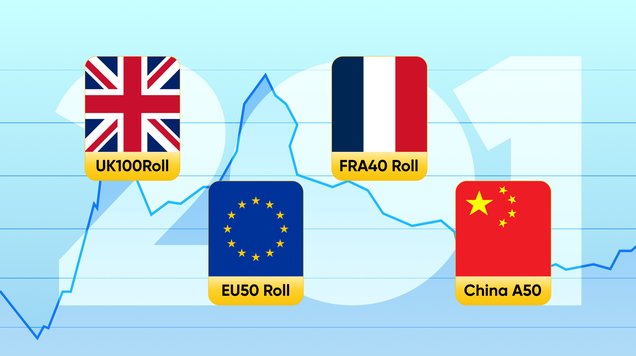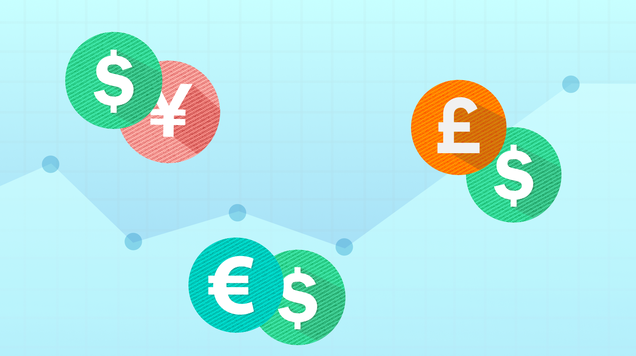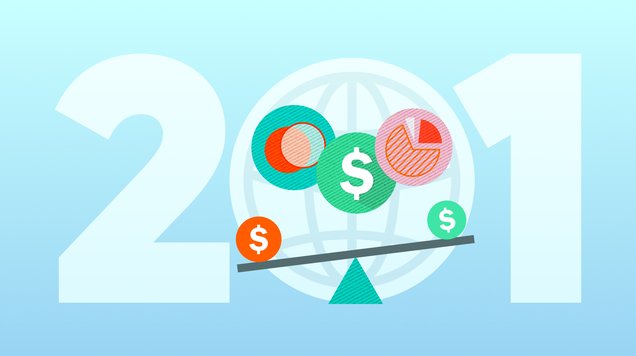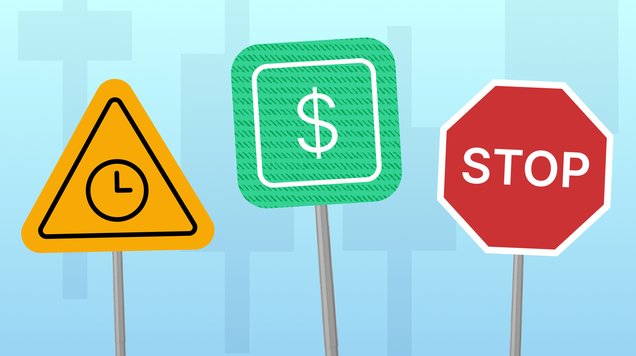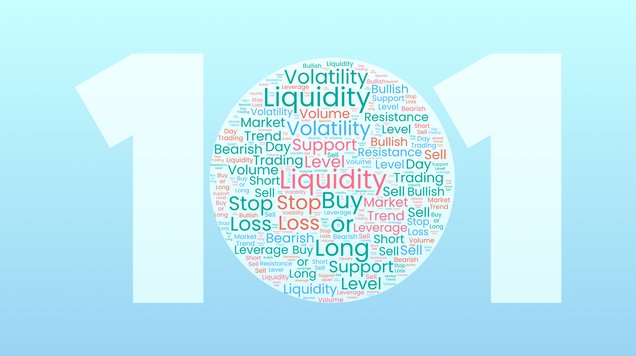Commodities Trading
Read our beginner’s guide to commodities trading and learn how to diversify your portfolio with assets such as oil and gold.
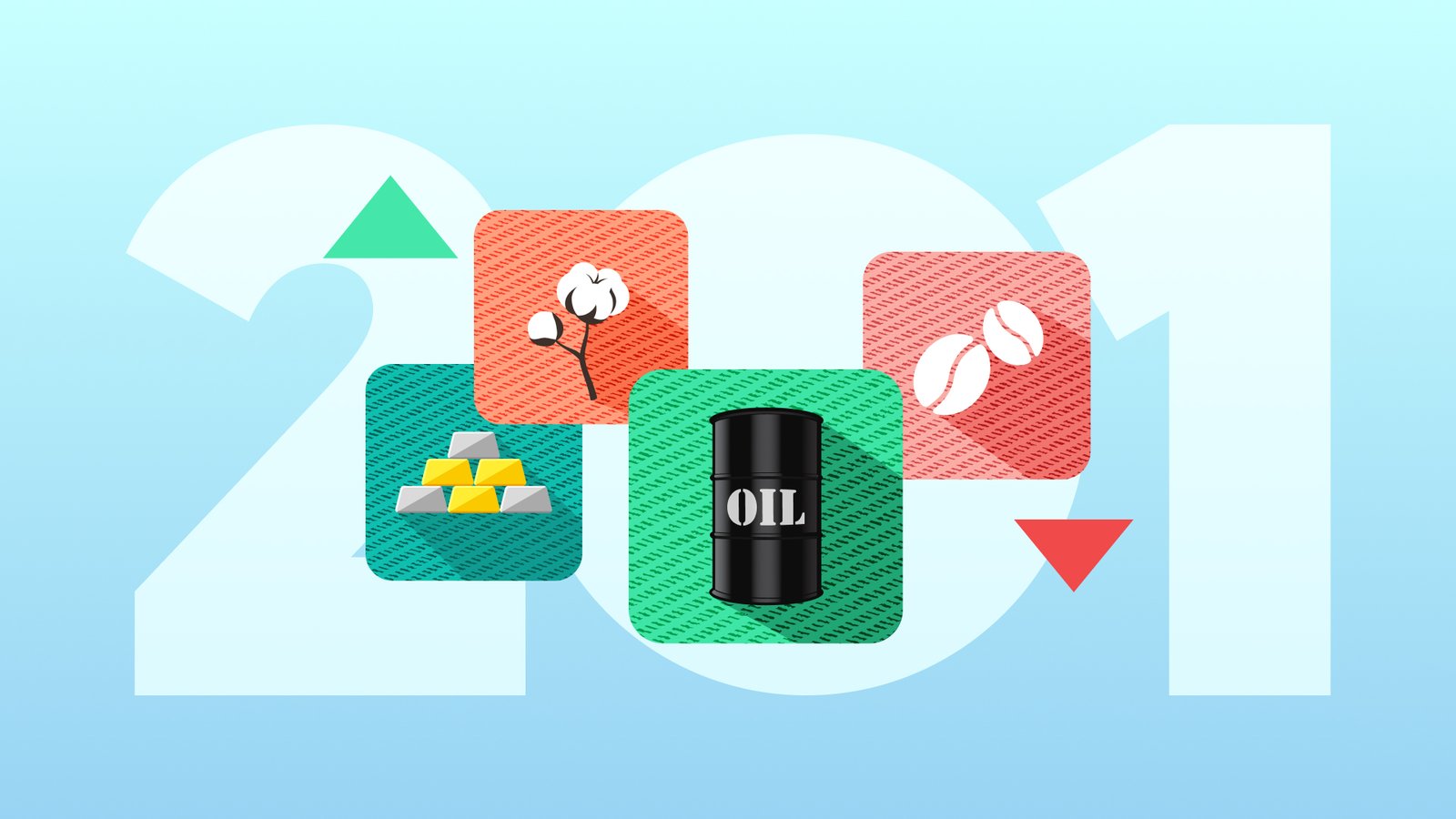
In trading, commodities are tangible goods or raw materials whose prices are traded on global exchanges
Their prices are determined by supply and demand, and can be influenced by various factors such as seasonal trends, storage costs, and regulations
Commodities are often categorised into hard commodities (mined or extracted goods) and soft commodities (agricultural products or livestock)
Different reasons to trade commodities include capitalising on the speculation of price fluctuations and hedging for risk management by producers and consumers
Commodities can be traded as CFDs or through various other investment vehicles, including ETFs and stocks
What are commodities?
In the context of online trading, commodities are price contracts representing tangible goods or raw materials that can be bought and sold on various exchanges worldwide. Commodity markets provide a platform for the trading of these standardised contracts which represent specific quantities of commodities. In other words, you can potentially capture profits on the prices of gold or oil without needing to own or store barrels or bullions directly.
Commodities traded in these markets can be broadly categorised into two types:
Hard commodities: These represent the prices of physical goods that are mined or extracted from the earth. Examples include precious metals like gold and silver, energy resources like oil and natural gas, and industrial metals like copper.
Soft commodities: These represent the prices of agricultural products or livestock. Examples include wheat, corn, coffee, cotton, and livestock.
Commodities can be traded as CFDs (contracts for difference) including futures contracts, or sometimes other financial instruments with exposure are alternatively used such as exchange-traded funds (ETFs), commodity mutual funds, and commodity-related stocks.
Commodities are often seen as a safe haven, and they can be used to risk diversification due to their typically low correlation with traditional financial assets. Commodity prices are determined by supply and demand and influenced by geopolitical events, weather conditions, and economic indicators.
Different purposes of trading commodities
Trading commodities serves various purposes— speculators aim to capture profit, producers can hedge risks, and investors can diversify portfolios. Hedging, exemplified by an oil-dependent manufacturing company, uses futures contracts for cost management.
- Capitalising on price movements
Online traders tend to engage in trading commodity markets with the primary goal of capitalising on the unpredictable fluctuations in the asset’s price. They hold no intention of making or receiving the physical commodity upon the expiration of the futures contract.
As the most widely-traded commodity, gold, which is extensively sought as a safe haven, can exhibit significant volatility, especially when traded as a CFD, particularly during periods of geopolitical events. Gold is often used to hedge against currency pairs or stocks in times of economic uncertainty due to the historic stability of its value.
- Hedging
Producers and consumers of commodities often use the futures market to hedge against price fluctuations. By purchasing a futures contract, parties agree to buy or sell an asset at a predetermined price at a specified time in the future - regardless of the current market price at the expiration date.
Especially in commodities, this allows traders to hedge against external conditions (like weather) that can impact crops. This means a farmer can set coffee prices upfront in case market prices fall at harvest time - and the buyer could lock in prices in case they soar when crops are delivered.
Investors sometimes hold a portion of commodities in their portfolio to hedge or spread portfolio risk. This is because commodities often hold a low correlation with other financial assets and can act as a hedge against economic factors like inflation.
Example on oil hedging using futures contracts
Imagine a manufacturing company that uses oil as a primary input for its production. The company is worried about the volatility in oil prices, which could significantly affect its costs.
To protect itself from potential price increases, the company decides to enter a futures contract to hedge against the risk of rising oil prices. A futures contract is an agreement to buy or sell a specific quantity of a commodity at a predetermined price at a future date.
Entering a futures contract on oil:
Let's say the current market price for oil is $100 per barrel. The company enters a futures contract to buy 1,000 barrels of oil at $100 per barrel, with delivery scheduled in three months.
If the market price of oil rises to $120 per barrel when the futures contract matures, the company is protected because it can still buy oil at the agreed-upon price of $100 per barrel.
If the market price falls to $80 per barrel, the company is still obligated to buy at $100 per barrel, but it could buy on the open market at the lower price, incurring a loss on the futures contract but potentially saving on the actual purchase costs.
While there is often a cost associated with entering the futures contract, it provides a level of certainty about future costs which helps the company budget and plan more effectively - despite the uncertainties of the commodity market.
- Diversifying a portfolio
Diversification is a strategy of spreading your investments and trades across a wide range of asset classes, industries, or geographic regions. Diversification helps to spread risk of your investments, making it less likely that a single negative event will have a significant impact on your portfolio.
Commodity prices aren’t usually correlated with other financial assets like stocks and bonds, meaning they are often seen as a safe haven and are used by traders to create a diversified portfolio with a balance between volatile and more stable assets.
What factors affect commodity prices?
Influences on commodity prices include seasonal trends, storage costs, and regulations, as they affect the supply and demand for the products. It’s important for traders to be aware of these factors so they can make the most of opportunities in the market and protect their trades with appropriate risk management tools.
Commodity prices are heavily affected by seasonal trends, such as the rising demand for oil during winter leading to higher gas prices for heating.
Another key factor is storage costs, particularly for physical goods that require storage. For those involved in futures trading with the potential for physical delivery, it's vital to comprehend the associated costs of storing commodities. These storage costs can have a notable impact on the profitability of specific trading strategies.
Commodity markets are subject to regulation, and traders should also be familiar with the rules and regulations of the exchanges they operate on.
How to start trading commodities?
Commodities are typically traded on online trading platforms provided by retail brokers. Almost anyone can enter the global commodity markets by opening a trading account with a broker.
Market analysis and risk management are crucial for traders of all levels when expanding their portfolio to new assets. Use your chosen analysis approach and tools to identify trade opportunities and pinpoint the ideal moments to enter and exit a trade. You can find technical indicators and other analysis tools on your trading platform.
Risk management should be applied to all trades to limit loss and further protect your capital. Popular risk management tools such as stop loss and take profit orders are free to use and can be added to your trades when opening a position or added to open positions later. If it’s your first time, we recommend trying your strategy on a risk-free trading demo using simulated funds.

